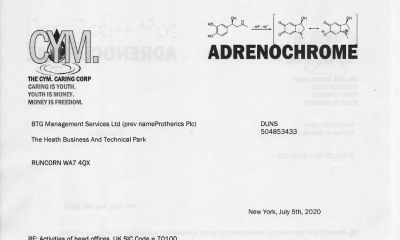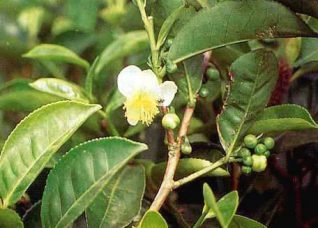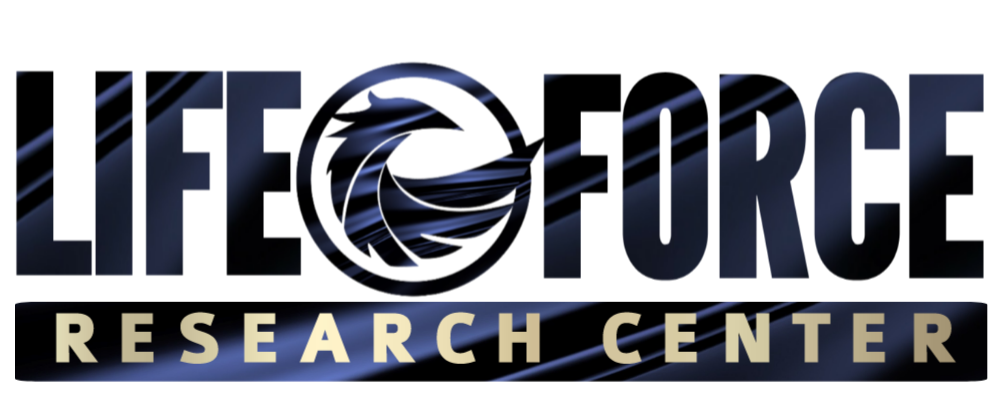Deepali Mathur1,  Kritika Goyal2,
Kritika Goyal2,  Veena Koul3 and
Veena Koul3 and  Akshay Anand2*
Akshay Anand2*
- 1Department of Functional Biology, Faculty of Biological Sciences, University of Valencia, Valencia, Spain
- 2Neuroscience Research Lab, Department of Neurology, Post Graduate Institute of Medical Education and Research, Chandigarh, India
- 3Center for Biomedical Engineering, Indian Institute of Technology, New Delhi, India
The convolution associated with memory is being resolved with advancement in neuroscience. According to the concurrent assumptions, synaptic plasticity forms one of the basis of memory formation, stabilization and strengthening. In Alzheimer’s disease (AD), which is generally characterized by memory dysfunction, connections amongst the cells in the brain are attenuated or lost leading to degeneration of neural networks. Numerous attempts have been made to find new therapies for memory dysfunction with increasing attention and investments being laid on herbal drugs. Many herbal plants and extracts have already documented beneficial results when tested for antiamnesic effects. Brahmi (Bacopa monniera) is one such common herbal drug, which is employed for a long time in the Indian and Chinese medical system in order to treat several disorders. Previous research has shown that Brahmi exerts many pharmacological effects including memory boosting capacity in the treatment of Alzheimer’s disease and Schizophrenia, exhibiting antiparkinsonian, antistroke, and anticonvulsant potentials. The present review discusses the chemical constituents of Brahmi along with in vitro and in vivo studies based on the pharmacological effects exerted by it. The efficacy of Brahmi in treating various disorders has evoked sufficient research in recent years and now it is a time to launch multiple clinical trials.
Introduction
The significance of Brahmi (Bacopa monniera Linn.) in improving memory and learning skills was first published in 1982 (Singh and Dhawan, 1982). Since then various studies have been conducted in animals to determine various properties exhibited by the medicinal herb. The potential of Brahmi in shielding neuronal structure and/or function has also been evaluated in a number of growing studies. Brahmi is a well-known Ayurvedic medicinal herb, which is re-emerging as a recourse to treatment of memory related disorders. Its medicinal potency is reported both in Indian as well as Chinese traditional literature. Although many chemical compounds have been isolated from Brahmi, the active fractions of this medicinal plant contain bacoside-A and bacoside-B. A number of other phytochemicals such as alkaloids, glycosides, flavonoids, saponins etc. are the constituents of Brahmi (Dutta and Basu, 1963; Chatterji et al., 1965; Basu et al., 1967).
Investigations conducted so far have revealed that Brahmi exerts many pharmacological effects (Figure 1) including memory boosting effect in the treatment of Alzheimer Disease and Schizophrenia, besides displaying antiparkinson, antistroke, and anticonvulsant potentials. The present review discusses the chemical constituents of Brahmi together with in vitro and in vivo studies based on its molecular and pharmacological effects (Figure 1).
References:
https://www.frontiersin.org/articles/10.3389/fphar.2016.00044/full


 Alternative Health2 years ago
Alternative Health2 years ago
 Life Force Network2 years ago
Life Force Network2 years ago
 Alternative Health1 year ago
Alternative Health1 year ago
 Life Force Network2 years ago
Life Force Network2 years ago
 Alternative Health2 years ago
Alternative Health2 years ago
 Military2 years ago
Military2 years ago
 Kritika Goyal2,
Kritika Goyal2, 






